Aid to Ukraine and consequences for the Bundeswehr
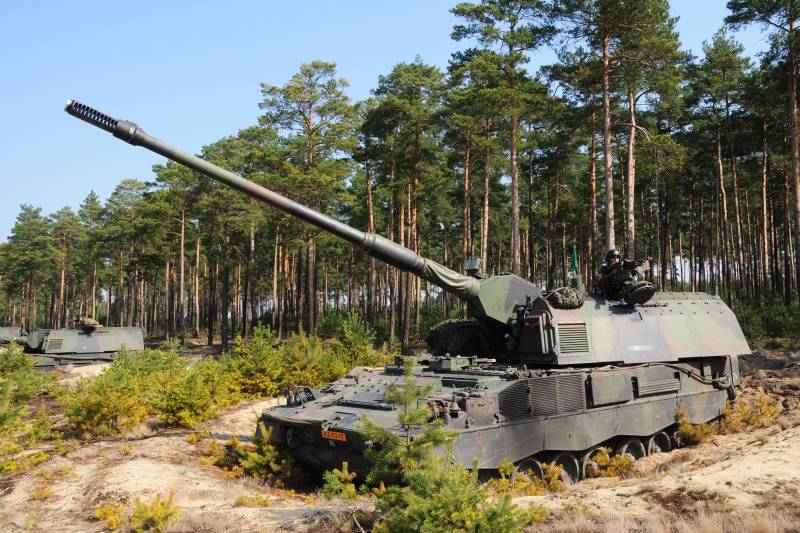
Self-propelled guns PzH 2000 - Germany supplied one and a half dozen such vehicles to Ukraine. Photo by KMW
Since February last year, the German government has been actively helping the Kyiv regime with the supply of various weapons, military equipment, ammunition and property. Most of the products and supplies for transfer to Ukraine are taken from Bundeswehr units and warehouses. As a result, to date, active assistance to the “ally” has led to a certain depletion of reserves and a reduction in the potential of the armed forces.
Stale goods
For foreign countries, helping Ukraine in its “struggle for independence” has become an excellent reason to get rid of old and unnecessary weapons and equipment, and with certain political and economic benefits. Germany was no exception - already in February-March 2022, it announced the imminent shipment of old types of weapons from stock.
In March, the Bundeswehr announced its readiness to send the Soviet-made Strela-2 MANPADS to the Kyiv regime. Initially, it was said that there were at least 2,5 thousand complexes, but a significant portion of them, for various reasons, were unsuitable for use and had to be disposed of. As a result, only 1,5 thousand MANPADS were delivered to Ukraine.
At the end of April, the German Ministry of Defense announced the possibility of transferring Gepard anti-aircraft self-propelled guns to Ukraine. Vehicles of this type were in service with the ground forces until 2010, after which they were written off and put into storage. It was proposed to send 50 vehicles out of 90-95 available to the Kyiv regime. Deliveries were approved and began by mid-summer. Later, the shipment of several additional SPAAGs was approved. The transfer of equipment is expected to be completed by the end of 2023.
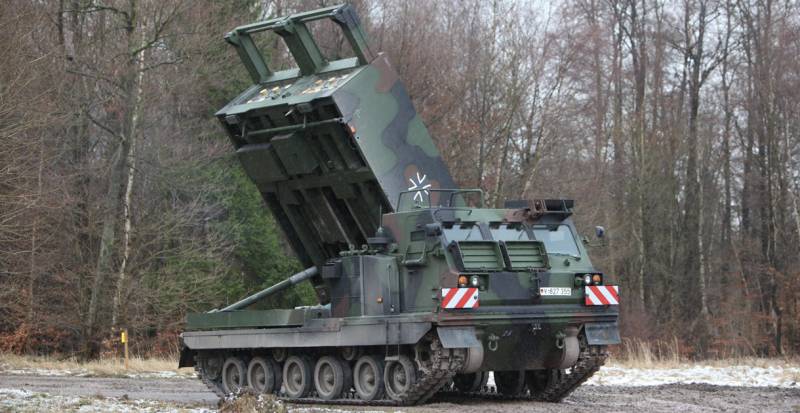
MLRS MARS 2. Photo by KMW
At the turn of 2022-23. NATO countries discussed future supplies tanks Kyiv regime. In this context, Germany has also found a way to get rid of long-outdated and unnecessary products. In early February, the country's government approved the export of almost 180 Leopard 1 tanks of various modifications. It was planned to take a significant part of this equipment from German storage bases or buy it from local suppliers.
The first batch of German and “foreign” Leopard 1 tanks arrived in Ukraine in mid-July. The approved schedule provides for new deliveries in 2023-24. At the same time, the transfer of old tanks faces characteristic problems - Kyiv refused to accept one of the batches of equipment due to its unsatisfactory condition.
Armored vehicles from stock
However, the Bundeswehr had to not only empty warehouses of stale property, but also write off the materiel of the active fleet in favor of Ukraine. Last spring, the German government expressed its fundamental readiness for partial disarmament in favor of the Kyiv regime, and they soon began to fulfill this promise. First of all, these ideas were implemented in the field of armored vehicles.
At the beginning of last year, the Bundeswehr had approx. 120 self-propelled howitzers PzH 2000. At the beginning of May, the country's leadership announced the start of deliveries of such equipment to Ukraine. As part of several assistance packages, the latter received 14 units. Such equipment makes up more than 11% of the existing fleet. As a result, just over 100 self-propelled guns remain in service with the German ground forces, and not all of them are ready for full operation and combat use.
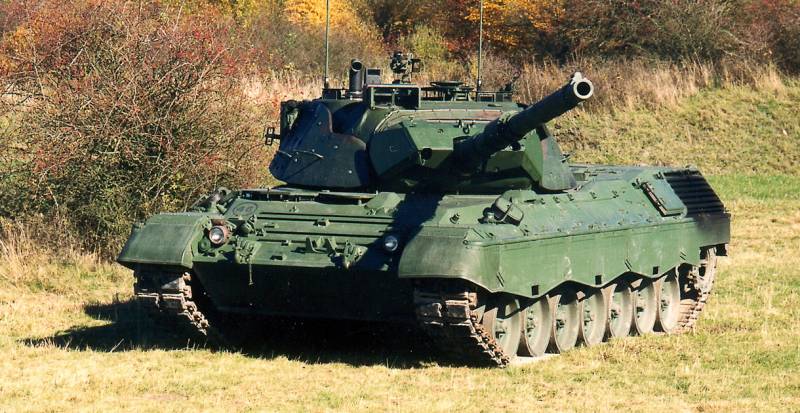
Leopard 1A5 tank. Photo by KMW
In June, Germany decided to share multiple launch rocket systems with Ukraine. The delivery of several MARS 2 products, the German version of the American M270 MLRS system, was announced. As part of two different aid packages, the Kyiv regime was given 5 MARS 2 products out of 40 available - 12,5%.
In mid-September, a new aid package was approved, which included the shipment of 50 Dingo ATF armored vehicles. The execution of this document began a few months later. At the time of its adoption, the Bundeswehr had approx. 250 Dingo cars of all modifications. Accordingly, they were going to allocate a fifth of their fleet to help Ukraine.
Since January 2023, Germany has supplemented aid packages with Marder infantry fighting vehicles three times. In total, the delivery of 100 such infantry fighting vehicles is planned, and at least 60 have already reached Ukraine. At the same time, the total number of “Marders” in their own troops until recently did not exceed 320-325 units. Thus, the Kyiv regime will receive about a third of its own fleet.
Of particular interest are deliveries of Leopard 2 MBT. At the end of February, the German leadership approved the transfer of such equipment to Ukraine and allowed its re-export to third countries. As part of several batches, Germany transferred from its army at least 18 tanks of two modifications - “2A4” and “2A6”. In addition, third countries paid for the supply of a certain number of Leopards from Germany. It should be recalled that before all these processes, the total number of Leopard 2s in the German army exceeded 280 units. Accordingly, only 6-7 percent have been transferred so far. from the available number.
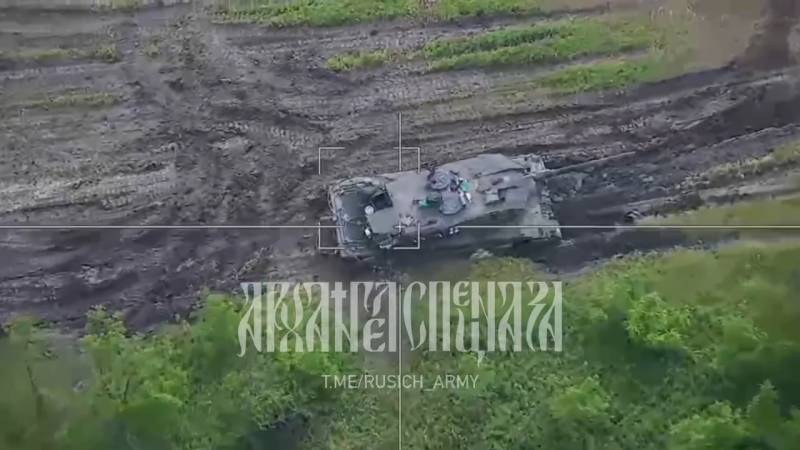
Leopard 2 moments before being hit by loitering ammunition. Photo Telegram / "Archangel of Special Forces"
To ensure the operation of tanks and other equipment, Germany provided several Bergepanzer 3 armored repair and recovery vehicles. Of the 95 available products of this type, 5-7 units were sent to Ukraine. - OK. 5%. Third countries also provided similar equipment.
Anti-aircraft lag
In June 2022, German leadership spoke about the future delivery of modern IRIS-T air defense systems. Over the next few months, preparations were made for this, and in October Ukraine received the first battery of the IRIS-T SLM medium-range complex. In the spring of 2023, the transfer of the IRIS-T SLS short-range complex was announced.
The delivery of IRIS-T air defense systems is noticeably different from other assistance to Ukraine and is therefore of particular interest. The fact is that IRIS-T products are not yet in service with the Bundeswehr. Moreover, the first order for their production and delivery to the German army appeared only this year. In fact, Ukraine became an operator of the new air defense system before the developer country.
In February, Rheinmetall announced the shipment of modern Skynex and Skyranger anti-aircraft artillery systems to Ukraine. Reliable information about their appearance by the Kyiv regime, deployment and operation has not yet been received. At the same time, as in the case of IRIS-T, Ukraine can overtake Germany in the speed of deployment of weapons of its production.
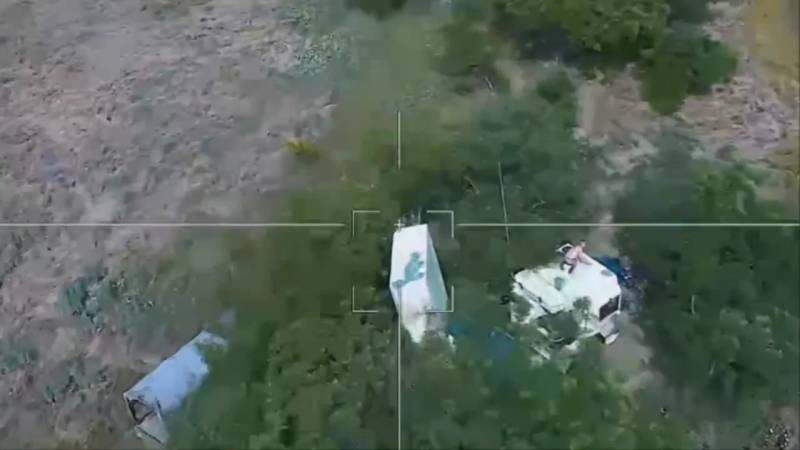
IRIS-T air defense system in a combat zone. Photo Telegram / BMPD
Mixed Consequences
Germany is one of the most active suppliers of weapons and equipment to Ukraine. Since the winter-spring of last year, it has repeatedly created aid packages and provided a variety of products and property. Armored vehicles, artillery systems, auxiliary equipment, etc. were transferred.
It is easy to see that providing assistance to the Kyiv regime gave Germany some new opportunities, but at the same time led to certain difficulties. At the same time, the country’s leadership plans to continue supporting friendly Ukraine, and we can expect that the trends currently observed will continue in full.
First of all, it can be noted that the German leadership perceives the international campaign to provide military-technical assistance to Ukraine not only as a common cause “in defense of democracy.” It is also considered a good opportunity to get rid of stale equipment, freeing up warehouses for modern products. At the same time, it is possible to save on disposal, and in the future, make money.
At the same time, Germany could not make do with only outdated equipment, and it had to ship modern equipment and weapons from combat units. So far, the volume of supplies of this kind does not exceed a few percent of the available quantity of materiel. However, the continuation of such processes will increase the number and share of decommissioned products - and will negatively affect the potential of the German army.
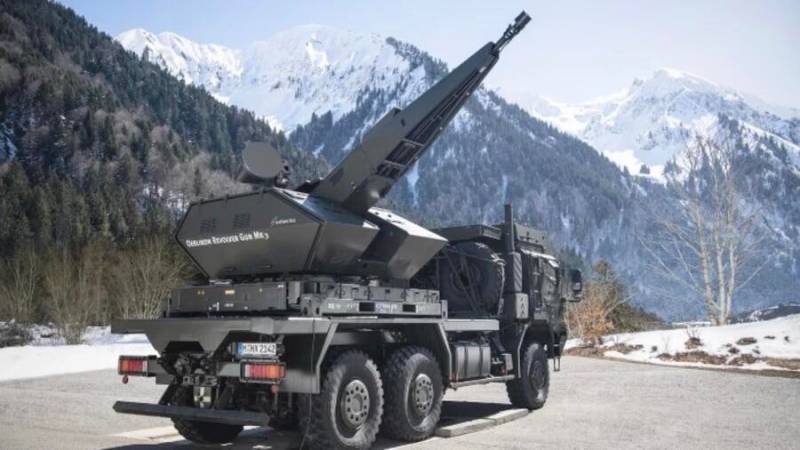
Artillery complex Skynex. Photos of Rheinmetall
It should also be taken into account that open information on the number of weapons and equipment does not contain data on its condition and combat readiness. At the same time, it is known that in this context the Bundeswehr is experiencing serious difficulties, and not all vehicles or artillery systems are ready for immediate use. All this means that the share of transferred items in the number of combat-ready ones is much higher - and the damage to combat effectiveness is greater.
In a difficult situation
Thus, Germany is actively helping Ukraine with various weapons, equipment, ammunition and other military equipment, and is one of the largest suppliers of this kind. At the same time, aid processes have positive and negative consequences for the Bundeswehr. Thus, he gets the opportunity to free up warehouses and can also count on increased funding for additional purchases. At the same time, in the near future it will face a reduction in quantitative and qualitative indicators.
Most likely, Germany will continue to support the Kiev regime financially and with military products. All these processes will predictably hit her own potential and capabilities. Whether it will be possible to find a way out of this situation in the future, time will tell.
Information